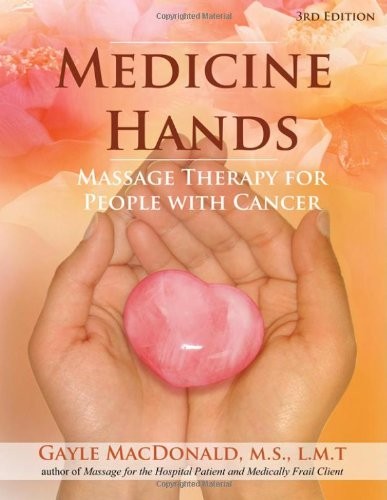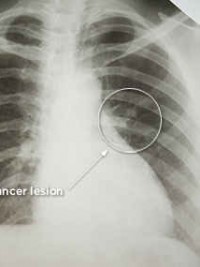Medicine Hands: Massage Therapy for People with Cancer
A practical book written for both health professionals and the layperson, this newly revised guide deconstructs common myths about the use of massage in cancer treatment. Reviewing literature that shows cancer to be caused by genetic mutation and the influence of hormones, the opening discussion emphasizes that mechanical action such as massage does not break tumors open or cause them to spread. The book purports that the real medical issues for massage therapists center on ameliorating the discomfort of treatments such as chemotherapy, radiation, and surgery. The topics covered include massage in hospitals, in respite care, for the dying, and for exhausted caregivers, with appendices summarizing research on oncology patients and massage. Charts for the adjustment of massage techniques according to the treatment a patient is undergoing are also included.
3rd edition changes:
The field of oncology massage is maturing into a discipline with a deeper and deeper body of knowledge. The 3rd edition of Medicine Hands reflects this maturation. Every chapter contains updated information and insights into massaging people affected by cancer. New chapters have been added to cover each stage of the cancer experience: treatment, recovery, survivorship, side effects from the disease, and end of life. These new chapters and organizational structure will make it easier for the reader to find the information needed to plan the massage session for a given client. As well, a new chapter has been added that focuses on the Pressure/Site/Positioning framework. This is the clinical framework around which the massage session is planned.
The scientific research on the effects of massage for people with cancer is updated to 2013. New in the 3rd edition is material devoted to massaging young adult survivors, the person with breast reconstruction, cording, and late effects as well as thoughts for therapists and clients who are considering the use of massage as part of a detoxification process.
All of the features most enjoyed by past readers have been retained—the inspirational sidebar quotes, client and therapist anecdotes, info boxes, and therapists questions and answers. To augment the learning process, written exercises have been added for student therapists and all of those who want to participate in their own learning. As well, sample session write-ups have been included to show the reader the variety of touch modalities that can be used to for people living with cancer.
Finally, the 3rd edition will be full color with new color photographs.








